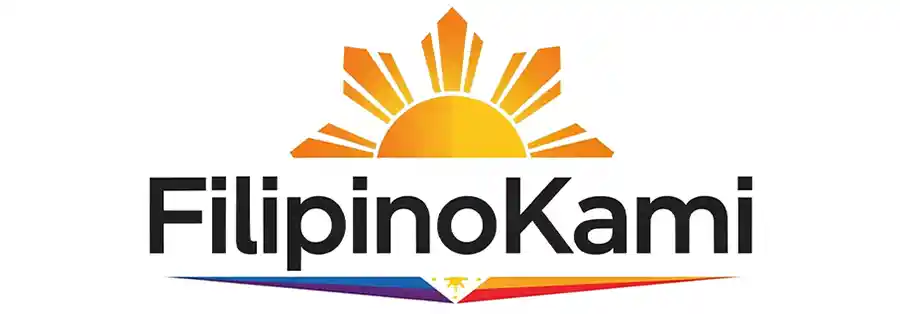French Open Rejects Electronic Line-Calling Debate
Novak Djokovic, a 24-time major tennis champion, openly supports the use of electronic line-calling at major tournaments. He believes the French Open’s decision to stick with human line judges is a mistake. Many players share Djokovic’s view, especially as technology improves accuracy and speeds up matches. The debate over electronic line-calling remains a hot topic at Roland-Garros, where the tournament continues until June 8.
Unlike other Grand Slam events, the French Open resists adopting the electronic line-calling technology used widely in tennis. Wimbledon will even drop line judges this year in favor of an automatic system, and both the WTA and ATP tours have embraced machine-generated calls on clay courts. Yet, the French Tennis Federation insists on maintaining the traditional human element during matches.
Djokovic Champions Technology but Understands Tradition
Djokovic acknowledges the charm in preserving tradition, especially in an era dominated by digital screens and social media. However, he remains a proponent of technology, saying, “You don’t want to give everything away to the technology, right? But if I have to choose between the two, I’m more of a proponent of technology. It’s just more accurate, saves time, and … (means) less people on the court.”
The 38-year-old recalled his 2020 U.S. Open disqualification, which happened under a partly electronic system with fewer line judges due to the pandemic. Since then, the Australian Open and U.S. Open have fully transitioned to electronic line calls, but Roland-Garros remains an outlier.
Resistance to Change at Roland-Garros
French Tennis Federation president Gilles Moretton emphasized that change will only come if players unanimously demand it. He said, “Unless the players are unanimous and come to us and say, ‘We won’t play if there isn’t a machine’ … then I think we’ve got a great future ahead of us to maintain this style of refereeing.”
Players seem divided but lean toward technology. Coco Gauff, the 2023 U.S. Open champion, reflected a common sentiment among younger athletes: “I mean, I don’t know if it’s like the ‘Gen Z’ in me, but I think if we have the technology, we should use it.”
Still, many appreciate the unique atmosphere clay courts offer. Stefanos Tsitsipas, who was runner-up to Djokovic at Roland-Garros four years ago, explained, “That’s what makes clay special, in a way — that you can always review the shots. … Obviously, you can’t deny that electronic line-calling is the future, and everything is moving towards AI and artificial intelligence. But me, personally, I wouldn’t mind playing on clay with maybe the judgment of a human instead of a robot.”
Players Capture Ball Marks to Challenge Calls
Disputes over calls happen regularly, leading some players to use smartphones to photograph ball marks as evidence. Top players like Aryna Sabalenka and Alexander Zverev have done this recently, echoing a tactic used as far back as 2013 by Sergiy Stakhovsky.
Tommy Paul, a 2023 Australian Open semifinalist, noted the flaws on both sides: “Linespeople mess up sometimes. Automatic line-calling is going to mess up probably less.”
As tennis evolves, Roland-Garros stands firm on its traditional methods, highlighting the ongoing tension between technology and the human touch in sports officiating.
For more news and updates on tennis technology debates, visit Filipinokami.com.

